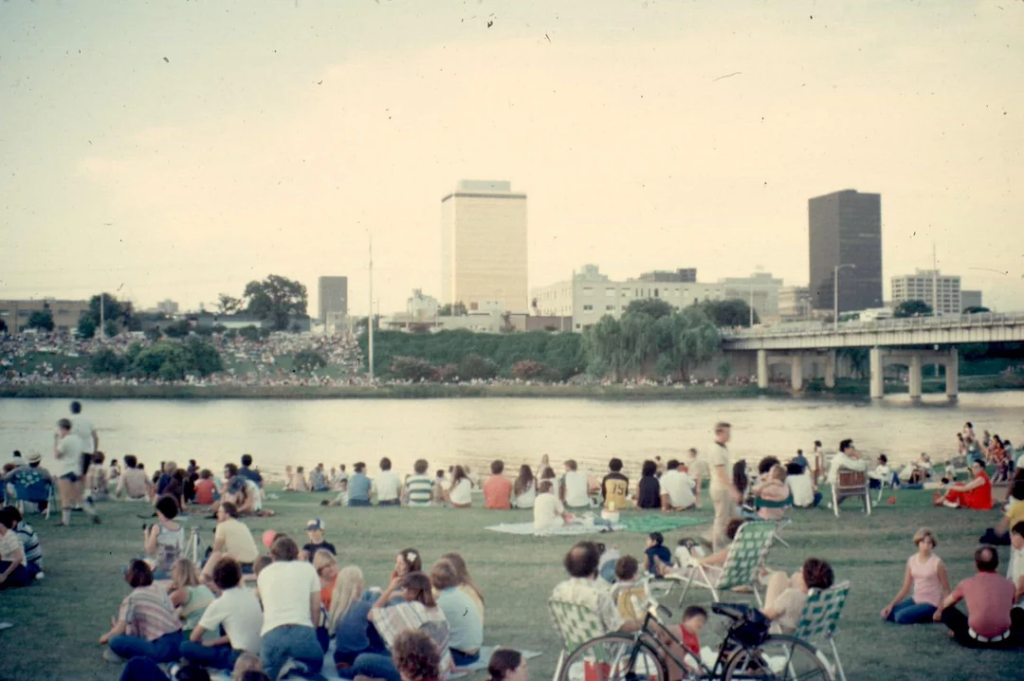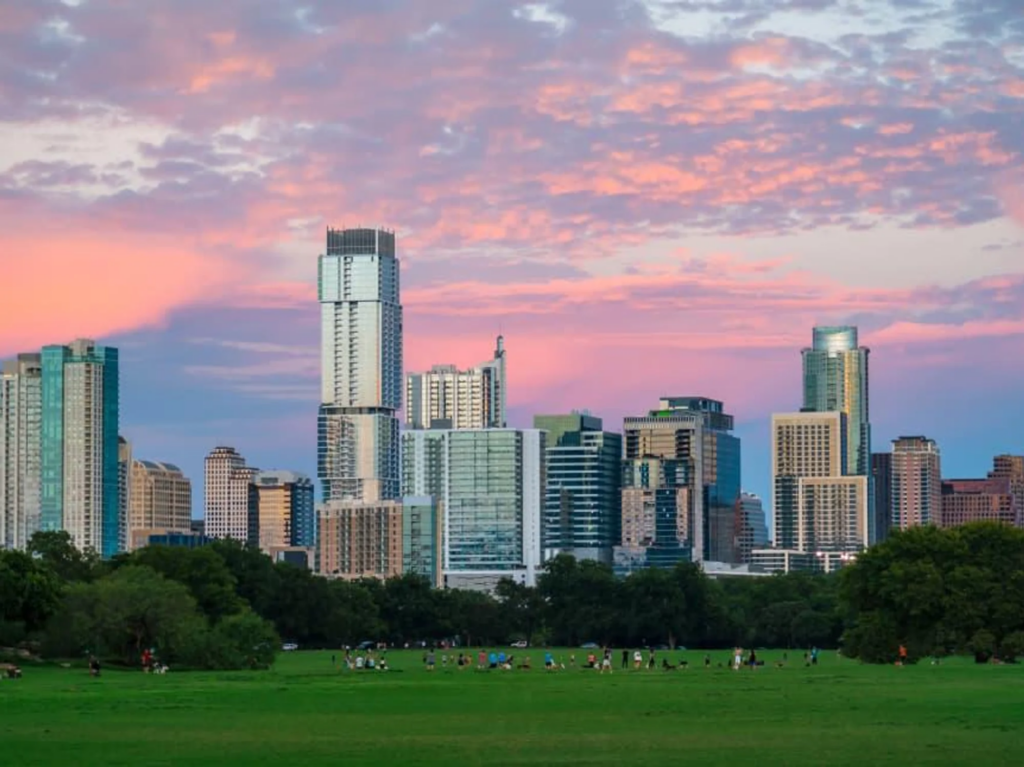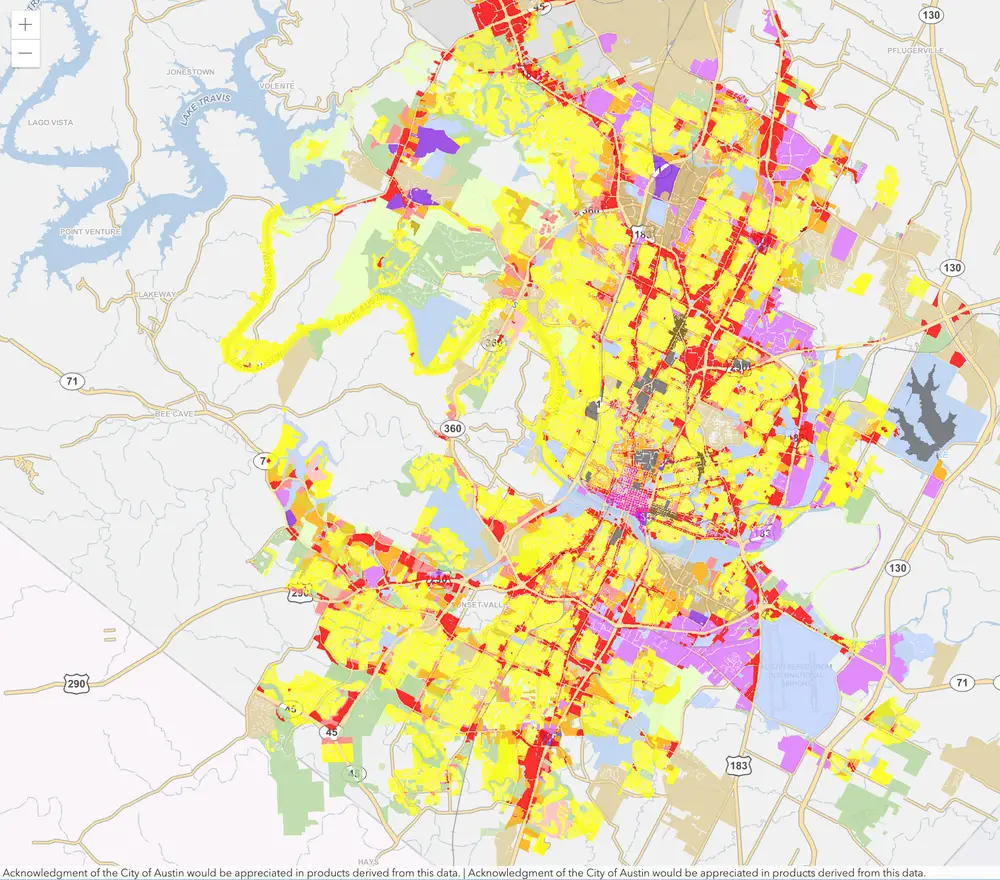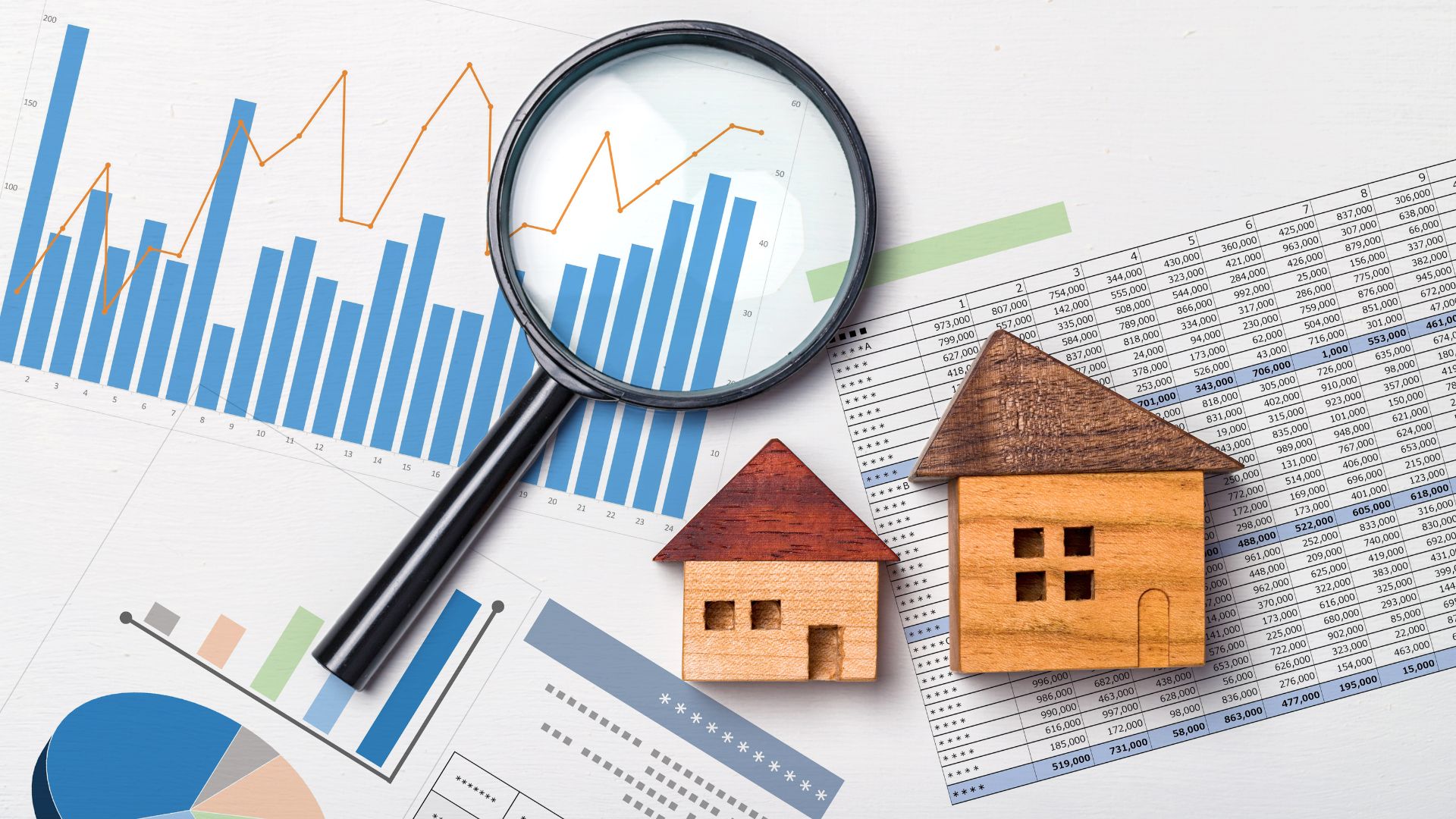Navigating the Changes, Challenges, and Opportunities in Austin’s Urban Development
Introduction
Growing Up in Austin: A Unique Lens on Urban Transformation
Growing up the son of a land use attorney, I had a front-row seat to the transformation of Austin, Texas over the past three decades. On Thursday nights I’d secretly tune into my dad’s city council hearings with the volume muted. It was during those moments that I realized how the individuals in that room could shape the essence of our city.
As Austin evolved over time, my curiosity about how urban development was shaping my hometown grew too. And now, here at Wildhorn, I’m still on that journey, making sure our assets align with Austin’s ever-changing land needs.
Austin’s Past Landscape
Austin in the 70s and 80s: A Land of Opportunity and Challenge
As you can imagine, Austin has undergone an incredible transformation in the last 50 years. Most of Austin’s apartment complexes were developed in the 1970s and 1980s when the population was a little more than three hundred thousand––13% of which were University of Texas students; another five percent were faculty and staff.

Back then, you couldn’t help but notice the abundance of vacant or underutilized land. The unofficial city motto seemed to be “if we don’t build it, they won’t come,” and the prevailing development trend of the era primarily featured low-density housing sprawled across vast tracts of urban terrain.
Economic Boom and Population Growth
Austin’s Meteoric Rise: The Third Fastest Growing US Economy
Austin is no longer the sleepy, offbeat town from the 1980’s. Real GDP has grown 31.2% since 2016, making it the third fastest-growing major US economy—behind only San Jose and Seattle.
The Housing Crisis
Affordability vs. Growth: The Current Housing Debate in Austin
Not surprisingly, this economic and population boom has put housing affordability at the forefront of the conversation.
Currently, much of the city’s residential land can only be used to build single-family homes, which has meant a lower supply of housing units and higher prices. However this year, Austinites appointed six new council members, a new Mayor, and a new City Manager was assigned to this office.
These new city officials have brought a more pro-business, public safety, and pro-density outlook to Austin, which will unearth opportunities for rezoning and multi-family.

Case Study at Wildhorn
Strategic Rezoning: How Wildhorn is Adapting to Austin’s Changes
At Wildhorn, we recognize that some of our older apartment properties sit on land that the city would like to see used more efficiently.
Over the past few years, we’ve made strategic acquisitions that hold the potential for rezoning and future redevelopment.
While we aren’t developers ourselves, we believe that by carefully realigning some of our assets with our city’s rezoning efforts, we can open up new avenues for exit strategies and deliver substantial value to our investors.
We have recently finalized the rezoning of a property that will allow for an increase in housing density. The apartment complex sits on expansive acreage, and it will be in close proximity to a Project Connect hub – Austin’s public transportation initiative.
The city has granted approval for increasing the asset’s density, a decision that would enhance affordability and accessibility within the submarket. We are excited about this development and expect that it will generate heightened interest from prospective developers and buyers.
Download our Baxter Case Study to learn about how Wildhorn transformed a multi-family property and successfully exited after two years.
Navigating Policy Challenges
The Shifting Sands of City Policies: How to Navigate Rezoning
Navigating the ever-changing landscape of city policies can be a challenge, and I am glad I’m able to help guide our assets through the rezoning process. To be frank, our city’s land use policies can shift frequently, sometimes even on a weekly or yearly basis–-another reason why our business benefits from its deep-rooted connection to Austin.

View the Austin Zoning Map Guide
Future Outlook
Austin’s Future: Opportunities in Multifamily Rezoning
We have a City Council that (in my opinion) has a better understanding of how our city needs to grow and improve affordability, which means there will be opportunity in the multifamily space.
We’re actively engaged in the rezoning process for two additional assets in our portfolio, a move to broaden the options and add value for our investors.
Conclusion
Being Part of Austin’s Transformation: A Responsibility and Opportunity
As Austin keeps on changing and shaping its future, we’re right there with it, adding value not just for our investors and business, but also for the community we live in.

A lifelong Austinite and UT graduate, Cooper has worked in a variety of roles in the commercial real estate space throughout his career in Central Texas. Most recently, Cooper served in a business development role for Heritage Title for over 9 years. His diverse background serving clients in a variety of roles is an ideal fit for his position at Wildhorn Capital, where he manages the company’s capital relationships and focuses on deal sourcing in Austin.







